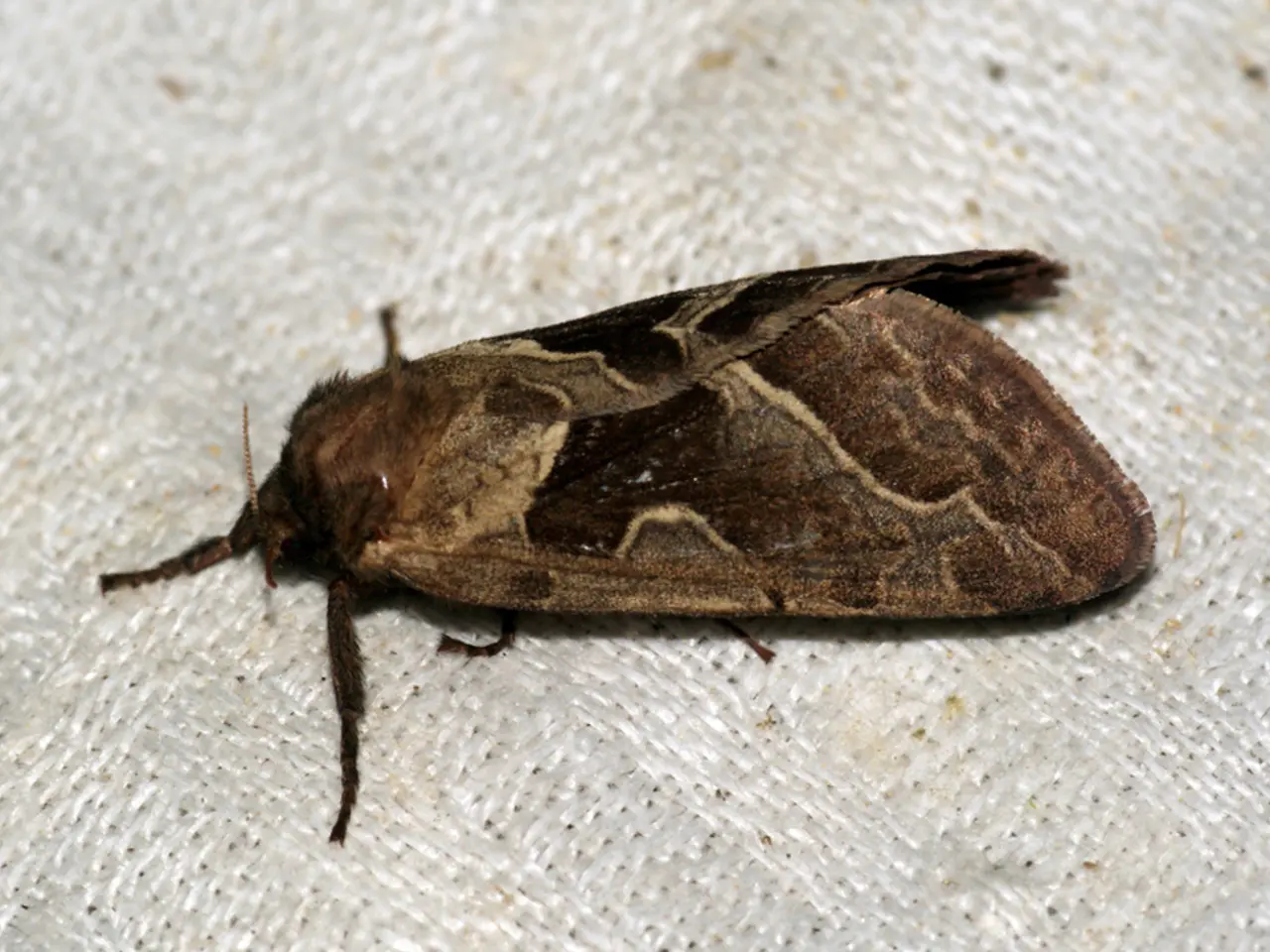Head lice description and images:
Head lice nits, the eggs of these tiny parasites, are an essential aspect of understanding head lice infestations. Here's a closer look at the characteristics of these eggs and how they differ from other scalp conditions.
Nits are roughly the size of a grain of sand or a thread knot, measuring around 1/16 of an inch in length. They have a shell-like, hard protein coating and are oval-shaped. Initially, they are light whitish-grey but can turn yellowish tan or brownish depending on the host's hair colour and the age of the eggs.
The most striking feature of nits is their secure attachment to the hair shaft. They are fastened very close to the scalp, often about a half-inch away on new eggs, using a cement-like substance secreted by the female louse. This strong adhesion makes them difficult to remove by simply brushing or washing.
Nits tend to be found near the scalp, especially around the ears and neckline where it's warmer. As they age, they may move further down the hair shaft.
It's essential to distinguish nits from other scalp conditions, such as dandruff. Unlike nits, dandruff comes off easily when touched or brushed. Nits are firmly attached to individual hair strands.
Head lice themselves are tiny parasites that live on the human head and feed on blood from the scalp. They are about 2-3 millimeters in length, roughly the size of a sesame seed, and have six legs. They are usually greyish-white or tan in colour.
Head lice do not spread diseases, but they can cause an itchy head due to an allergic reaction to their saliva. To treat head lice, people can use pediculicides, which are medicines that kill head lice. Both OTC and prescription head lice treatments only kill live head lice, not the unhatched eggs, so people may need to apply a second dose of treatment.
Prevention is key in managing head lice infestations. Alongside treatments, people can take action to help limit lice and prevent a reinfestation, such as washing items of clothing or bedding in a hot wash, vacuuming floors and furniture, avoiding sharing hair accessories, clothing, or items that come in contact with the head, and not allowing head lice to survive for more than a few days in surrounding areas.
In cases of scabies, a condition caused by mites that dig into the skin and make it itchy, usually affecting fingers, ankles, or wrists rather than the head, it's best to consult a doctor. Scabies should be treated by a doctor, who may prescribe a topical cream as treatment.
In conclusion, understanding the characteristics of head lice nits is crucial in identifying and managing head lice infestations. By knowing what to look for and taking preventative measures, individuals can keep themselves and their families protected from these parasites.
- Similarly to nits, dandruff and eczema can manifest on the skin, but they are distinct from each other in appearance and behavior.
- Nits are immobile, while nasal cancer (NSCLC) and depression can lead to a decline in one's mental health and overall well-being.
- Colitis and ulcerative colitis are inflammatory bowel diseases that cause discomfort, unlike nits which are found on the hair shaft.
- Avoid mistaking haircare products for nits; their purpose is to promote healthy hair, not to infest it.
- Scalp conditions like Ra (rheumatoid arthritis) and diabetes can exhibit symptoms such as itchiness or discomfort, but their causation and treatment differ significantly from head lice and nits.
- Asthma, multiple sclerosis, and sclerosis multiplex can affect the lungs and mental health, while nits and their eggs only affect the hair and skin.
- The eggs of head lice (nits) differ from eggs found in other diseases like HIV, as HIV is a viral infection, not an egg-laying organism.
- Predictive science aims to understand and forecast the progression of diseases, but it cannot eliminate nits or other parasites within the human body.
- Ankylosing spondylitis and bipolar disorder, being mental health conditions, do not present in physical form like dandruff, eczema, or nits.
- If you suspect crohns disease in your digestive system, consult with a healthcare professional for appropriate treatments and therapies.
- Nits are not infectious, unlike HIV, which spreads through contact with infected bodily fluids.
- Type AQ is a classification for a blood group, while head lice nits represent the eggs of a specific parasite found in human hair.
- Science and health-and-wellness fields study the biological aspects of diseases, while skin-care and mental-health specialize in nourishing and managing the skin and mental well-being.
- Head lice nits, dandruff, and other scalp conditions do not transmit diseases, unlike HIV and certain diseases like diabetes.
- Health-and-wellness advertisements may promote various products claiming to alleviate nits or other scalp conditions, but it's important to consult with a healthcare professional for accurate information and treatments.




